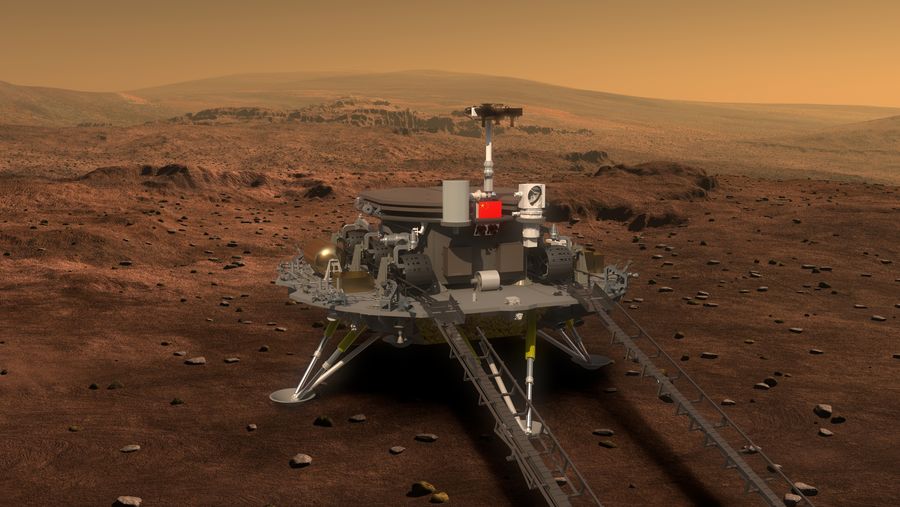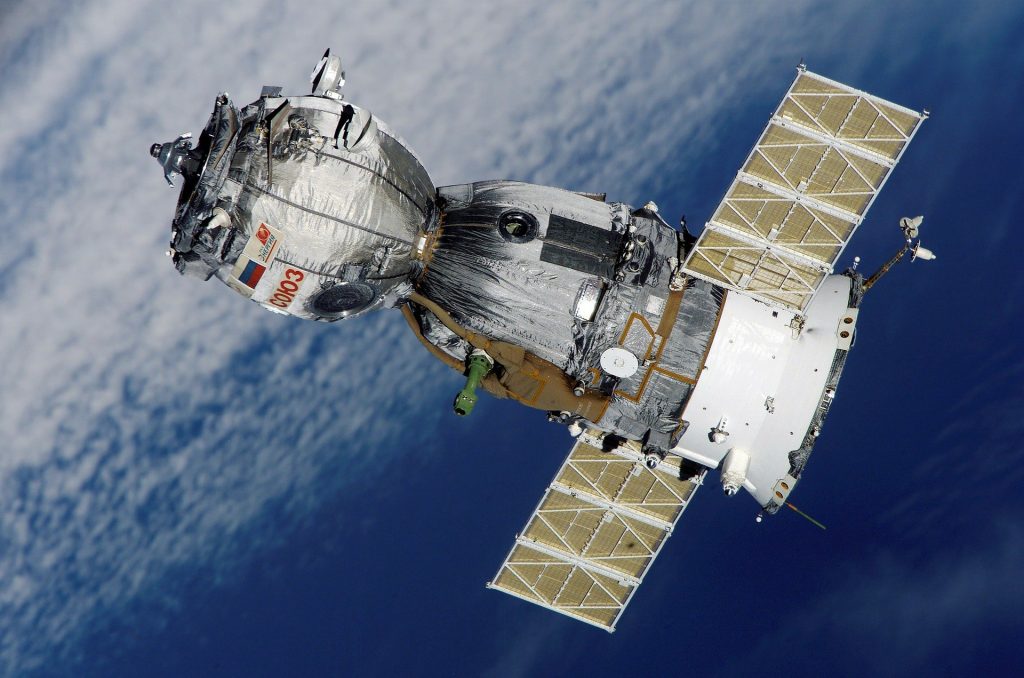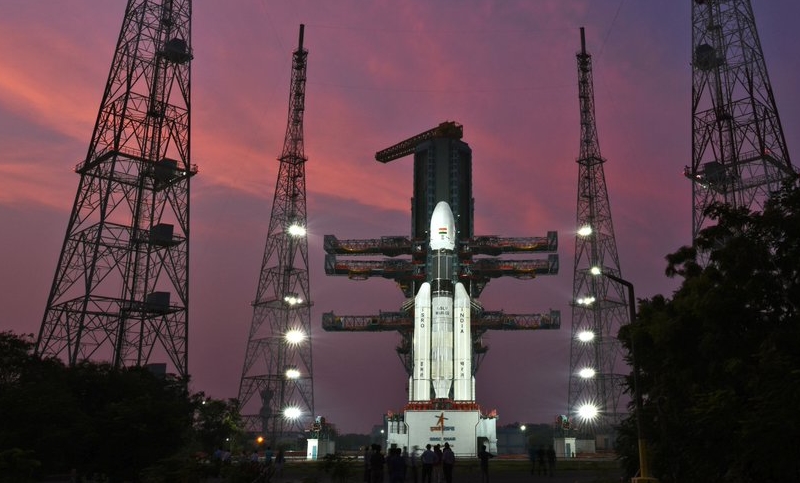China All Set to Reach for The Stars with Tianwen-1
The last week or so has led to several high-profile space launches and missions. Adding to the list is China, which plans on launching a mission on July 23rd. It is the country’s most ambitious mission to date, with plans to send three spacecraft to Mars, which also includes a rover to explore the Martian surface. If successful, it will become only the second country in the world to get a rover to the Red Planet. Here’s a look at everything you need to know about the launch and what it means to the country.
Aiming for the Stars
The mission, codenamed Tianwen-1, after a poem that translates to Questions to Heaven is China’s most ambitious project yet. The mission comprises sending to the lunar orbit and surface an orbiter, lander, and rover. The probes will be a part of the Long March 5, which is China’s sturdiest and most powerful rocket. The orbiter will study the atmosphere, whereas the lander will touch down on the ground. It will work as a platform for the rover, helping it move around on the Martian surface to explore it.

Ambitious Projects
Over the last decade, China has been testing out various complex space projects and missions, like Tianwen-1. Last year, it became the world’s first nation to land and explore the Far-Side of the Moon. The country also stated that it would remain committed to lunar exploration. In keeping with that, China aims to launch another mission to bring samples from the Moon. This mission will mostly occur by the end of this year. The Tianwen-1 will be China’s biggest and most ambitious interplanetary mission. In the future, the country aims to explore an asteroid, and even visit Jupiter by the 2030s. Planetary Scientist James Head, who works at Brown University and collaborated with scientists from the Chinese Space Program, believes the country has several long-term exploration plans.
Martian Exploration
Exploring Mars is by no means an easy feat, with China’s first attempt not even leaving the Earth. The country launched orbiter Yinghuo-1 in 2011 with the help of a Russian spacecraft named Phobos-Grunt. However, the Ukrainian rocket which aimed to launch the probes failed, destroying both the Russian and Chinese crafts. However, this time around, China is handling everything from the launch to the development of the craft. If successful, China will add its name to the small list of countries that have successfully orbited Mars. Taking things further, the Chinese plan on landing on Mars, which only the USSR and the US have done prior to this. When it comes to rover exploration, only the US has done it before on Mars, making this a prestigious project for the Chinese.
Rugged Details
The details regarding the space program, like with most things happening in China are kept hidden. However, the country has released some general information regarding the structure of their mission. All three of their crafts will take around seven months to reach Mars. As per schedule, the Chinese devices will reach their destination by February 20201, by when the UAE orbiter too will arrive. Furthermore, NASA plans to launch the Perseverance Rover on July 30th, meaning all three crafts will reach Mars around the same time. The Tianwen-1 will orbit Mars for two or three months, studying the perfect landing location. Once it has a potential landing site, it will analyse and validate data before it proceeds to the surface. The Chinese plan on landing on a strip known as the Utopia Planitia, which is where NASA’s Viking 2 touched down way back in 1976.
Mission Plan
The Tianwen-1 rover will map out unexplored Martian geography, search for water and ice, and also study the Martian surface climate. The rover has over six different instruments, including a Ground-penetrating radar that can help identify rocks, and search for water under the surface. The lander and rover will have to perform an ambitious eight-minute descent manoeuvre to reach the Martian surface. The spacecraft will utilise the Martian atmosphere to cushion the fall, helping them slow down when exiting the orbit. A parachute will deploy to help further slowdown the devices, and the lander will use its engine to hover over the surface before touching down.
The confirmation regarding the mission’s success will have to come from Chinese officials. Experts believe that if all goes well, the Chinese will celebrate grandly, whereas there will be little noise if something goes wrong. The orbiter will help relay communication between the team and the rover while analyzing Mars from its orbit using its instruments. First and foremost, though, the launch needs to be successful. Reports state that it will take place around 12:45 AM on July 23rd. If they miss that timing, they have a window of opportunity till early August to try once again. This will be the Long March 5’s fifth launch, and its history isn’t all good.
While its debut was a success, the second launch in 2017 was a failure, leading to redesigning. After the revamp, the rocket had a successful launch in 2019, and we will have to see if the fourth time turns out lucky for the rocket. Space enthusiasts will have to wait and see whether the mission will be a resounding success for the Chinese and their blossoming space exploration plans. Also, such an achievement could help everyone by giving us more insight into the Martian surface.

Being a cinephile with a love for all things outdoorsy, Athulya never misses a chance to chase inspiring stories or poke fun at things, even when the subject is herself. Currently pursuing a degree in mechanical engineering, she is someone innately interested in technical and scientific research. Music reviews and op-eds define her as they allow her to explore different perspectives. Though sometimes she thinks she makes more sense playing the guitar than she does while writing.


